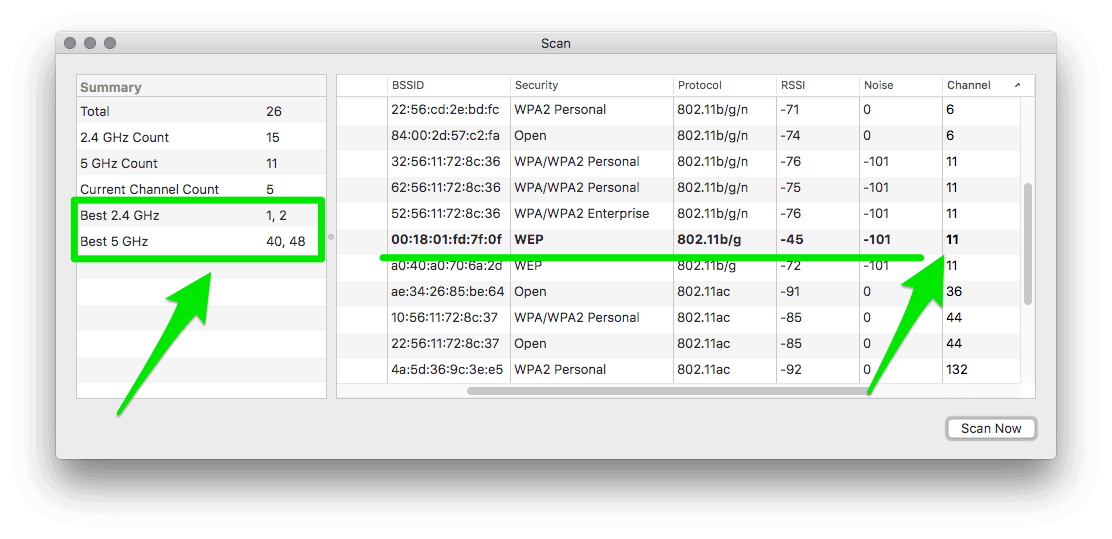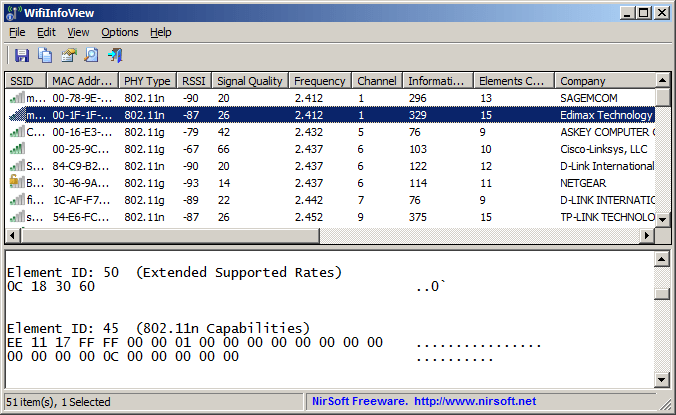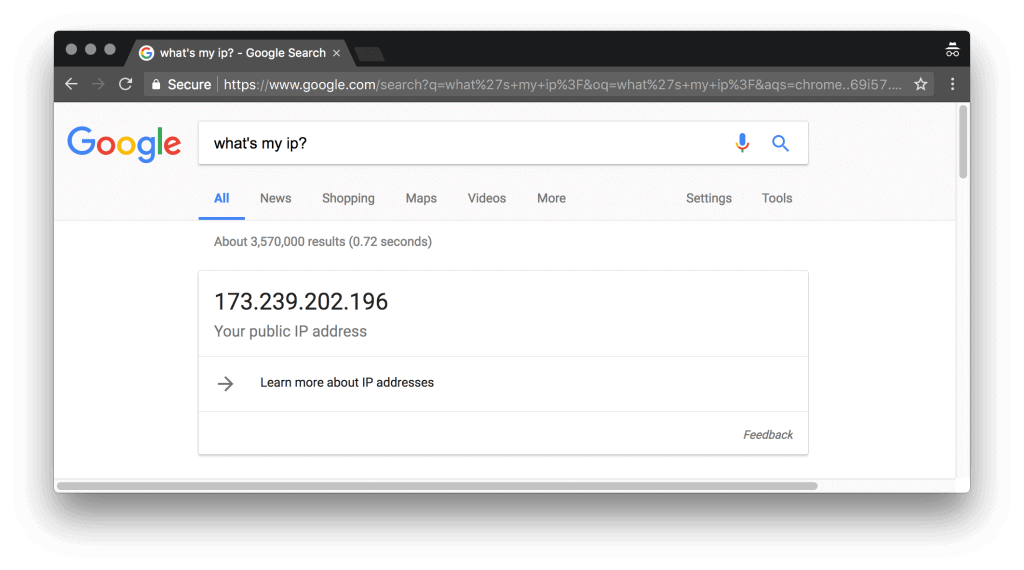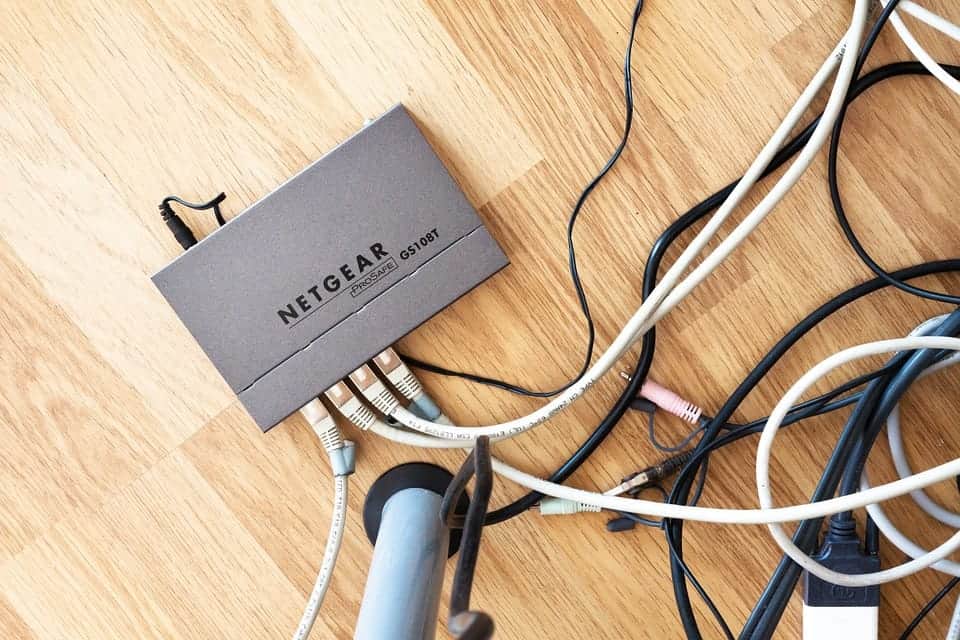Internet can be finicky. We’ve all had that experience of watching the Wi-Fi bar go blank in the middle of a stream, or right before clicking “send” on an important email.
There’s a good chance something like this just happened to you, and you found your way here by Googling for answers on your iPhone. Of course, if you run through these tips and it still isn’t working, it might be time to upgrade to a new router.
With that in mind, let’s keep this short and sweet. The following “symptoms” of your Internet connection will be diagnosed and treated here:
- Internet randomly stops working
- Wi-Fi bar suddenly goes blank
- Lights on modem and router blinking red
Sound familiar? Luckily, there’s a simple fix. Before you read any further, try resetting your router:
Quick Fix for Internet Issues
- Unplug router and/or modem from the wall.
- Wait 2–5 minutes.
- Plug it back in and wait another 5 minutes.
In 95% of cases, this will fix your problem. If it doesn’t, double-check that other computers are unable to connect to your Wi-Fi and call your Internet Provider’s helpline for further assistance.
Okay, that’s all well and good… but why did the Internet stop working in the first place? How can you stop your router from shutting off randomly in the future?
Here are a few steps you can take to keep your router and home Internet connection happy.
1. Let Your Router Breath

Quick Fix #1: Let Your Router Breath
Dust off your router’s vents and make sure it can get enough air to avoid overheating.
The router is the beating heart of your home Internet connection. While you might think of it simply as the “magic box that makes Wi-Fi work,” it’s actually a complex computer in its own right. It has a CPU, RAM, an Operating System, and everything else computers have. Most importantly, it has fans that keep it from overheating.
Because routers are kind of ugly, it’s common for people to cram them in places where those vents can’t get enough air to keep the router from overheating. If your router is in a closet, cupboard, behind the couch, or any other claustrophobic space, consider placing it somewhere more spacious such as a shelf or table.
Not only will this stop the router from shutting down randomly from overheating, it’ll also improve the quality and reach of your home Wi-Fi. If possible, position the router in an open area in the direct center of your house so that the Wi-Fi “bubble” can reach in all directions with as few obstacles as possible. Avoid cramped spaces like corners, closets, and etc.
2. Change the Channel

Quick Fix #2: Change the Channel
Change the frequency your Wi-Fi network is using to avoid congestion and interference. If possible, switch to the 5GHz band.
Wi-Fi works by transmitting data over airwave frequencies, similar to radio channels. Just like radio in your car, some channels will come through clearer than others. Specifically, channels within the 5GHz band used by newer Wi-Fi routers will generally outperform the older 2.4GHz band.
Regardless of which band you use, channels also have a tendency to get congested thanks to all the other devices fighting for the airwaves — microwaves, baby monitors, your neighbors’ Wi-Fi router, and any other short-range wireless device jostling for space on the crowded wireless spectrum. This usually just slows you down, but it can also cause the router to simply shut off.
The trick here is to figure out which channels have the least congestion from other Wi-Fi networks and switch to one of those “empty” channels.
On a Mac, there is a Wireless Diagnostics tool built in for this. You can access this tool through Applications > Wireless Diagnostics, then select “Scan” from the Window menu in top bar. As you can see in this screenshot from my own Macbook Pro on macOS 10.12.6 Sierra, you’ll get recommendations on open channels.

Windows users will have to use a third-party tool like NirSoft. The interface and process is similar — just follow the instructions to install and use on their website.

Changing the channel will require you to log in to your router via their web portal. You can Google the brand of your router plus “IP address” to find out where it is. You will type this into your browser just like any other website.
3. Update Router Firmware

Quick Fix #3: Update Firmware
Routers have operating systems (OSs) called “firmware.” Check for updates from router manufacturer’s website.
Just like the operating system on your laptop or smartphone, the operating system or “firmware” that runs your router needs to be updated periodically. Doing so will iron out software bugs that could be causing your home Wi-Fi network to slow down, shut off randomly, or otherwise behave in a less-than-ideal manner.
The process for finding which firmware you’re using and which firmware is current is different for each router manufacturer. Here are some common options:
- How to log into a Netgear router
- How to log into a Linksys router
- How to log into an Asus router
- How to log into a TP-Link router
4. Stop Multitasking

Quick Fix #4: Quit unused devices and applications
Close web apps you aren’t using, and turn off Internet-connected devices when not using them.
Home Internet connections are similar to the postal service. Data packets are constantly being delivered to your home, or sent out to specific web servers. Every “location” on the Internet, including your house, has a unique address, which is a string of numbers called an IP address. You can see yours by typing “what’s my IP?” into Google:

While the IP address of websites and businesses is generally “static” and never changes, the IP address of home Internet connections is “dynamic,” which means that it periodically changes.
When your router is overloaded with tasks (routing data for 50 Chrome Tabs, app updates on two smartphones and an iPad, torrenting on your roommate’s PC, etc) it is common for the router to overlook when the IP address changes. This can result in the router seeming to freeze, since the data you’re requesting is being delivered to the wrong address… sort of like accidentally ordering Amazon packages to your old default address.
The only real fix for this is to try to reduce traffic to your router. Connect stationary devices like desktop PCs via ethernet rather than Wi-Fi if possible. Shut off applications and devices you aren’t using. If your router is old, consider purchasing a new one with more advanced features that can handle more traffic. With an increasing number of devices used simultaneously in American households, it may be that your Wi-Fi 5 router can no longer cope. If that’s the case, it might be time to learn about Wi-Fi 6 and upgrade.
If You’re Still Having Trouble, Call Your Internet Service Provider

These quick fixes should address the underlying cause of Internet outages in most situations, and help prevent them in the future. However, if you’re still having trouble getting connected (and staying connected) after trying these methods, you’ll have to call your Internet provider for assistance. In some cases, the blame can be pinned on network issues, wiring issues, and other problems on the Internet Provider’s side.

gooD work and much obliged for sharing such a decent blog